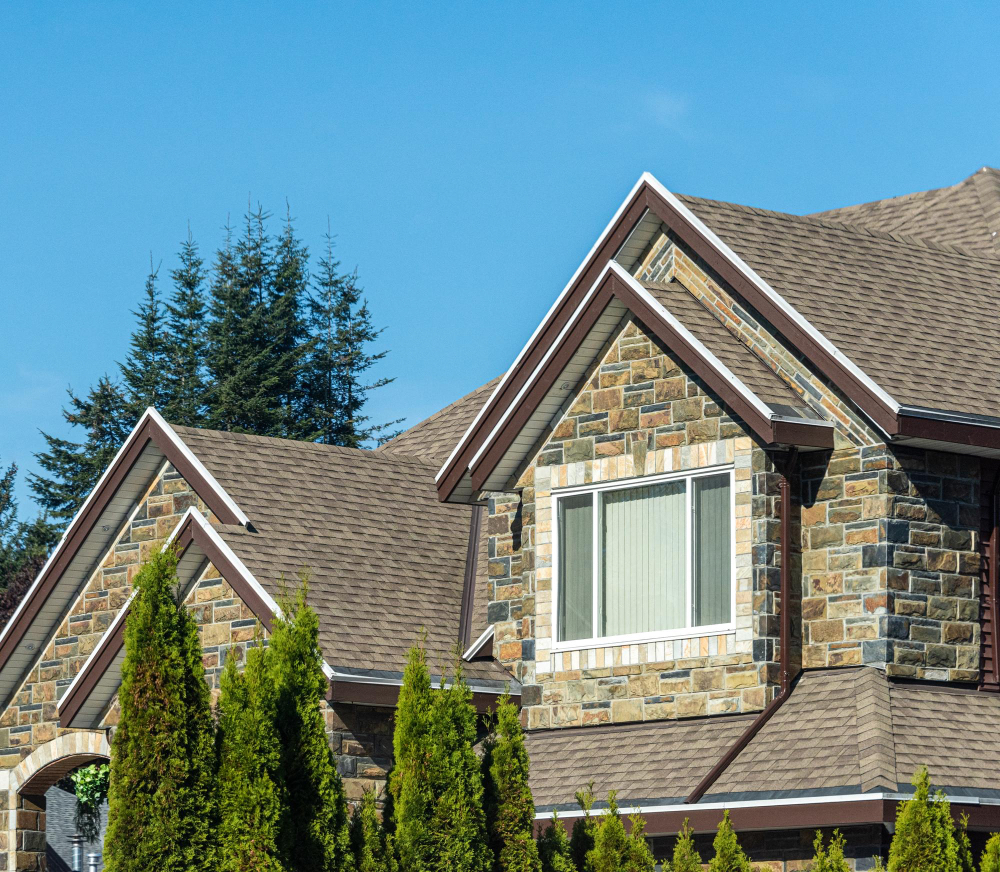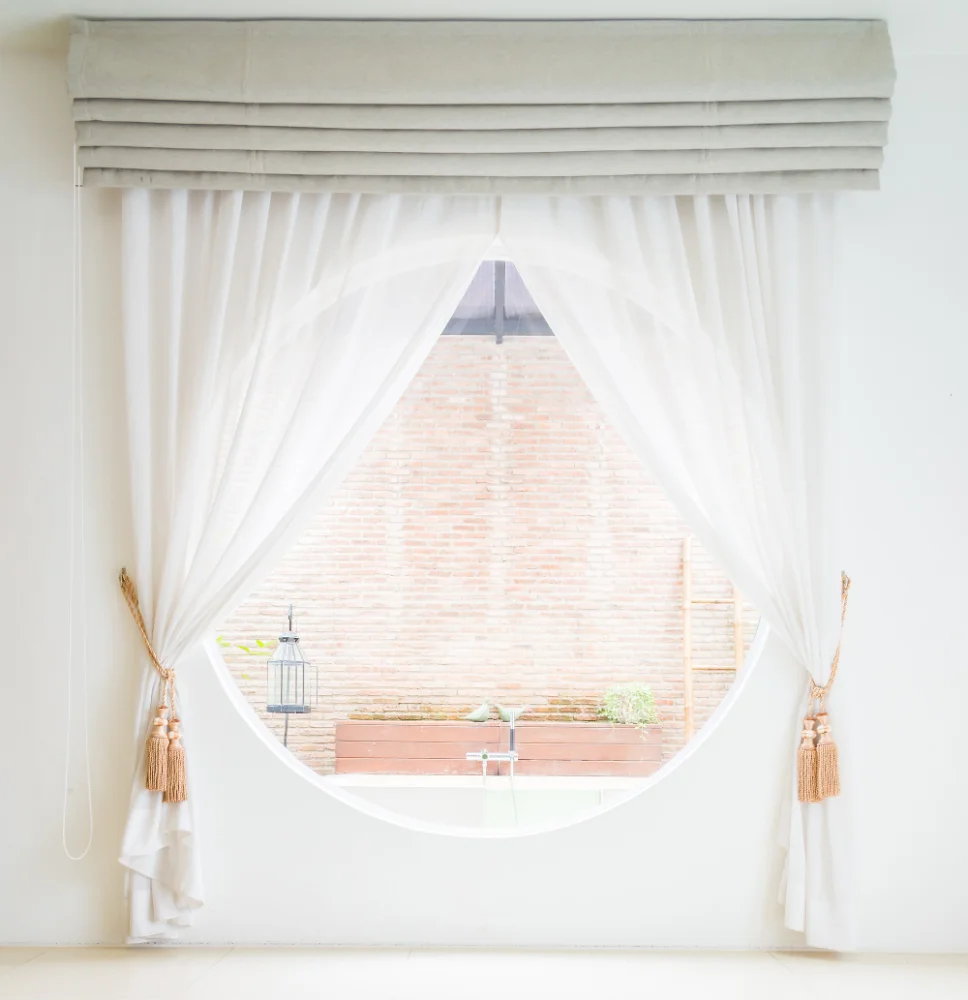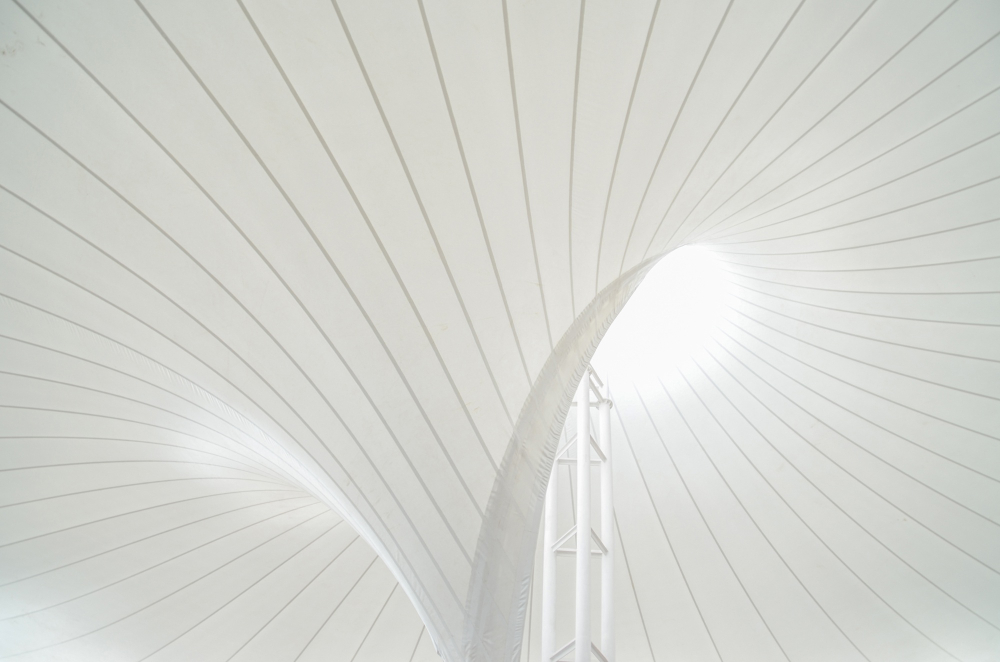Last updated on
In a nutshell: double glass panes are ideal for optimal crop growth and health. Polycarbonate and poly film are more cost-effective but require regular upkeep.
While greenhouses have gained popularity among growers, building and maintaining one is no easy feat. The health of your crops will largely depend on the materials you choose for your coverings. So choosing the right material is essential and hinges on numerous factors. This includes durability, light transmission, climate, and cost. Each material comes with its own set of pros and cons. Here is a look at each type and its properties.
Materials Used for Greenhouse Building
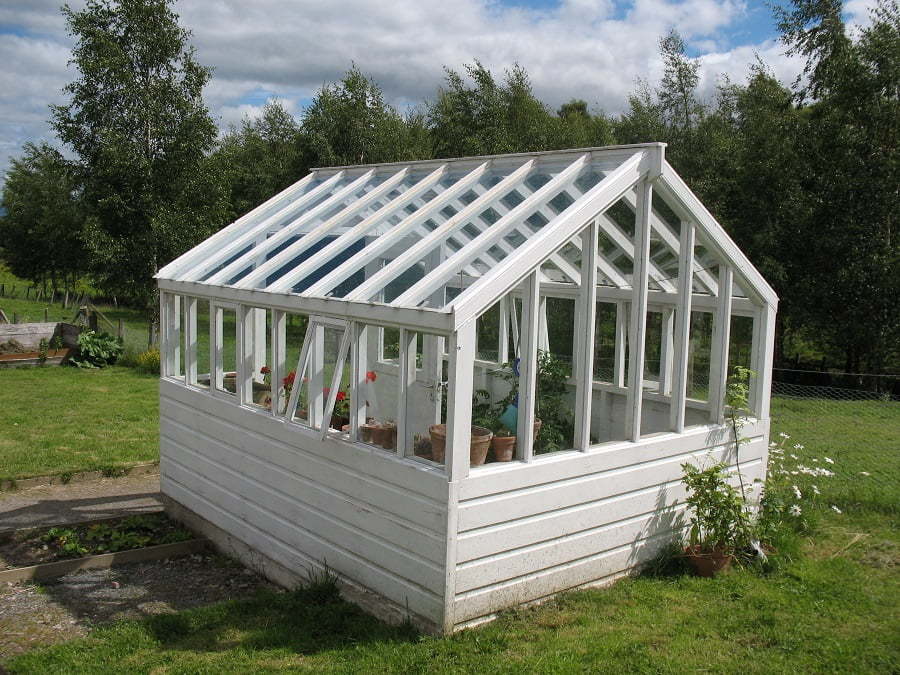
As a grower, choosing the best covering for your greenhouse is a very important decision. The state of your crops should be a priority. However, this is not always easy, especially when the growing conditions aren’t the most ideal. A greenhouse can protect your crops from harsh weather conditions, pests, and many other hazards.
Naturally, you want the coverings you choose to offer optimal protection. When it comes to materials used for greenhouse building, there are several options. Moreover, with the growing interest of both farmers and amateur gardeners, material options are ever-expanding. Covering materials include:
- Acrylic
- Fiberglass
- Glass
- Polycarbonate
- Poly film
- Poly panels (semi-rigid or flexible)
- Vinyl
Best Greenhouse Glass Panels

Glass, while the most expensive, is by far the most durable option for a greenhouse. It requires a strong structural system and, when executed well, can last for 30 years minimum. Although annealed glass will be less costly, it’s not the recommended material here. It can easily break and shatter, which will be hard to replace. Not to mention how it could end up in serious injuries.
On the other hand, tempered glass is six times more resistant to breakage. This definitely makes it the winning contender in this case. Even if it does shatter (due to heavy impact), it will break into small round pieces. Because these are not sharp and have no edges, tempered glass is the safest option and the most durable.
With that said, there are many types of tempered glass panels, depending on the use and budget. There is single tempered glass, double tempered glass, and even triple tempered glass. If heating and cooling are not a major issue, then a single pane is a great choice for budget-friendly greenhouses. For larger commercial projects, double pane glass is more convenient. This is especially true if heating and cooling costs are a concern for you.
Your greenhouse will be better off with double pane glass or even triple-pane if the climate is extremely cold. When choosing double pane windows and double pane glass, make sure they’re sealed properly. This is mainly to avoid condensation in between the panels. In addition to that, you may want to consider the coatings. There are many coatings available that allow for easier upkeep and hassle-free maintenance.
Self-cleaning glass, for instance, uses sunlight to eliminate dirt particles. It also causes water to slide right off rather than accumulate as small beads. Moreover, you can get Low-E double pane glass to block heat more effectively if the climate is too hot. Though these coatings may increase the price, they do come with a set of valuable benefits.
Properties of Polycarbonate

Polycarbonate panels consist of clear and sturdy plastic that transmits light almost as well as glass. These usually come as flat double-wall panels with two plastic panes with an air space in between. The air space that separates the two panels improves insulation, which is ideal for a greenhouse.
While these panels are more expensive than poly film, they are more cost-effective than glass. Moreover, they’re incredibly lightweight, probably about 1/12th the weight of glass. This makes them a lot easier to handle and install. However, the downside is that polycarbonate will yellow over time.
As a result, it may ruin the aesthetic and curb appeal of home greenhouse applications. It’s also prone to scratching and becomes brittle with wear and tear. In addition, the flutes in the double-wall can attract mold, moisture, and bugs when not sealed well. It’s a great option for its strength and price, but the downsides are definitely not to be ignored.
Properties of Poly Film

Poly film is another popular option for crop growers. This is mainly due to its low cost and high flexibility. Not to mention that it comes in varying thicknesses ranging from 6Mil to 11Mil for greenhouse applications. The thicker the film is, the longer-lasting the panels will be.
Moreover, the poly film has excellent light diffusion, all while blocking UV rays. This is ideal for healthy plant growth. Poly film is also appropriate for all types of climates and fluctuating weather. The main benefit it provides is that it is the least expensive material for greenhouses. In addition to that, it’s very easy to work with and comes in several levels of opacity.
With that said, the poly film has a very short lifespan. So it will require frequent changes and replacements. It’s prone to rips and tears, and unless double-skinned, it has poor thermal efficiency. Generally speaking, the poly film will last up to 2 years if taken care of properly. So you have to weigh the low price and ease of installation against the ongoing cost of replacement.
Which One is the Better Option?
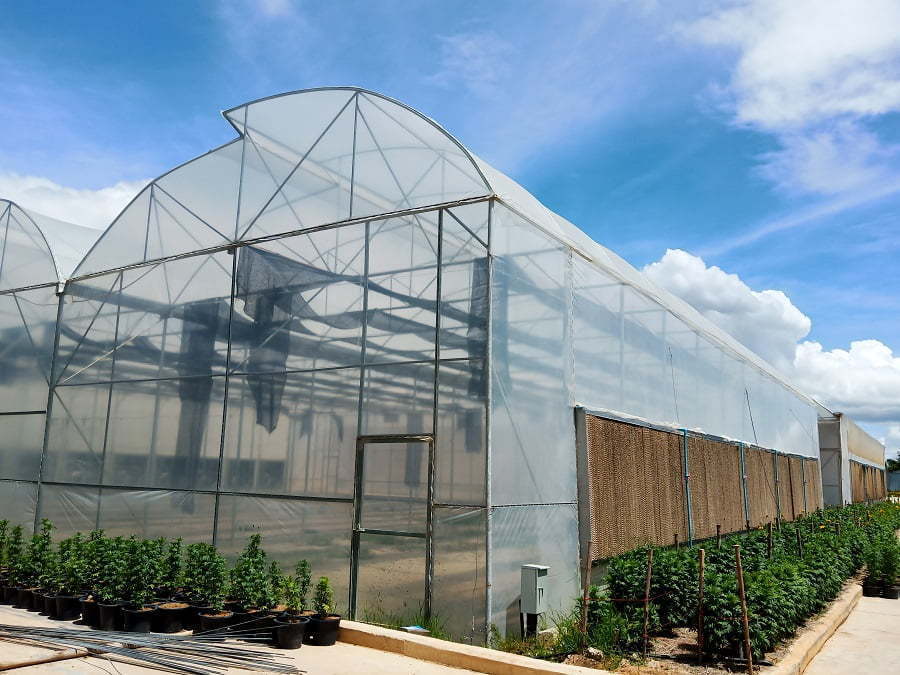
If you’re looking for a durable option that will last for decades, then the glass is definitely the winner. Not only does it provide optimal thermal efficiency, but it also has great light diffusion. In addition to that, glass won’t yellow over time. It won’t need frequent replacements either.
With the proper upkeep or additional coating, you can make sure your glass greenhouse looks polished for decades to come. On the other hand, if you’re looking for a budget-friendly option for your backyard greenhouse, polycarbonate is a strong contender. It’s much sturdier compared to poly film and it has good thermal efficiency. It’s also quite tough and durable too.
The Takeaway
Glass offers longevity, clarity, and that unmatched traditional look. So if you choose this as your greenhouse material, make sure you get the tempered glass with a 4mm thickness minimum.
Polycarbonate is a great option too provided its premium grade. Polyfilm can be a good start for farming enthusiasts who want to dip their toes in the crop growing field. While it’s not the most durable, it’s more affordable and will do the job.
Related reading:
Table of Contents


